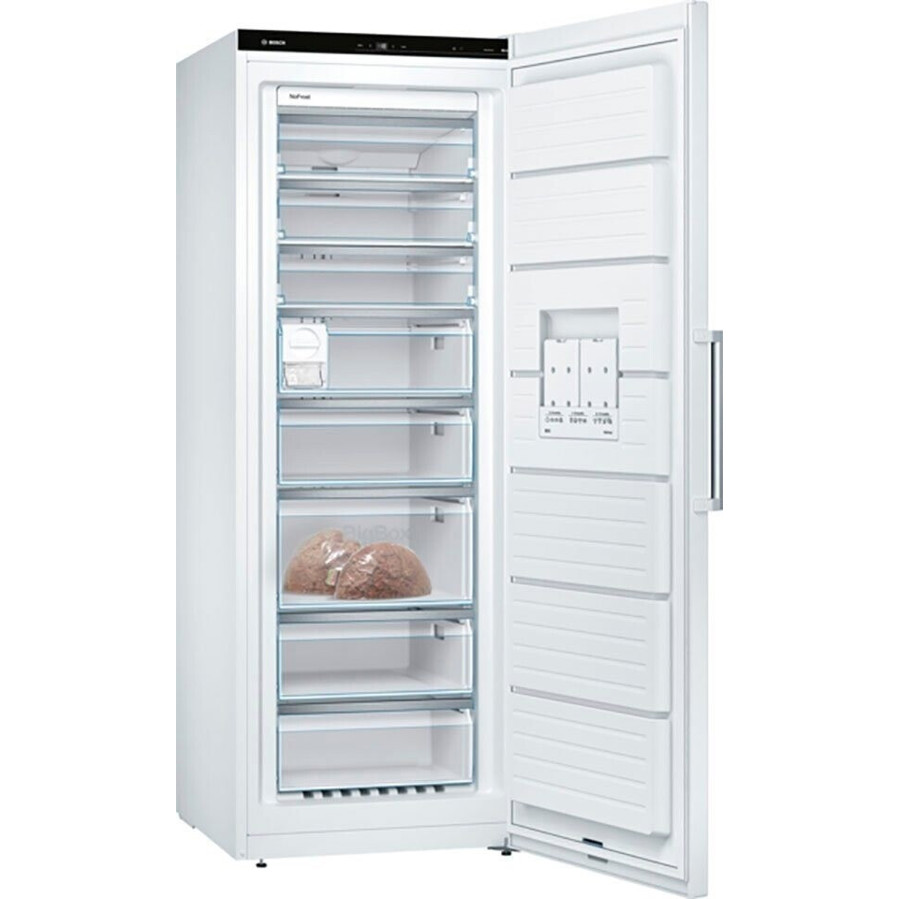The 10 Most Terrifying Things About Small Chest Freezer Test

Small Chest Freezer Test: A Comprehensive Review and Buying Guide
When it concerns home appliances, couple of are as essential for food storage as a freezer. For Kühl-Gefrier-Kombination 70 Cm Breit , a small chest freezer can be a lifesaver, enabling better inventory management of groceries, bulk purchases, and meal prep. In this blog post, we will dive into whatever you require to know to make a notified purchase relating to small chest freezers. This guide will cover performance contrasts, temperature maintenance, energy efficiency, capability, and more, rounded out with an FAQ section to tackle typical questions.
Comprehending Small Chest Freezers
A small chest freezer is normally defined by its compact size, making it suitable for apartment or condos or smaller sized homes. They are developed to hold food at low temperature levels and are normally more energy-efficient than upright freezers. The majority of designs are designed with a top-opening cover, which helps retain cold air when opened.
Benefits and drawbacks of Small Chest Freezers
| Pros | Cons |
|---|---|
| Better insulation, leading to energy savings | Requires more floor space |
| Normally quieter than upright models | Harder to organize items |
| Lower preliminary expense | Restricted availability |
| Outstanding for bulk storage | Might not have as numerous functions |
What to Look for in a Small Chest Freezer
When testing various small chest freezers, specific essential features and requirements play a critical role. Below is a list of aspects to consider:
- Capacity: Measured in cubic feet, it defines how much food you can keep.
- Energy Efficiency: Look for Energy Star-rated models to save money on electrical energy bills.
- Temperature level Range: Must maintain a temperature level of 0 ° F or below for ideal food preservation.
- Thawing Type: Manual vs. automatic defrost functions can impact upkeep and convenience.
- Build Quality: Check for materials and toughness.
- Guarantee and Customer Service: Important for long-lasting ownership complete satisfaction.
Performance Comparison of Selected Models
To offer prospective purchasers an educated viewpoint, we have actually put together information from numerous evaluated models in a comparison table below:
| Brand & & Model | Capability (cu. ft.) | Energy Star Rated | Temperature Control | Defrosting Type | Price (GBP) | User Rating (out of 5) |
|---|---|---|---|---|---|---|
| Brand A - Model 1 | 5.0 | Yes | Adjustable | Manual | 299 | 4.5 |
| Brand B - Model 2 | 3.5 | No | Fixed | Automatic | 249 | 4.2 |
| Brand Name C - Model 3 | 7.0 | Yes | Adjustable | Handbook | 399 | 4.7 |
| Brand Name D - Model 4 | 4.5 | Yes | Adjustable | Handbook | 279 | 4.3 |
Key Takeaways from the Test
- Capacity Matters: Smaller models (3.5 cu. ft.) may suffice for couples or songs, while families frequently find bigger models (7.0 cu. ft.) advantageous.
- Energy Efficiency: Choosing an Energy Star-rated design can save significant energy in the long run.
- Thawing Type: Automatic defrost models offer less inconvenience but may feature a higher cost.
- Temperature level Control: Adjustable temperature settings allow for optimum versatility based upon individual storage requirements.
Practical Uses for Small Chest Freezers
Small chest freezers serve various practical functions, including however not restricted to:
- Bulk Purchases: Ideal for buying meat, fruits, and veggies wholesale.
- Meal Prep: Store pre-cooked meals to conserve time throughout hectic weeks.
- Seasonal Storage: Excellent for freezing summer season produce or vacation meals.
- Emergency Supplies: Keep additional food on hand for emergency situations or power outages.
Upkeep Tips for Small Chest Freezers
To make sure the longevity and ideal performance of a small chest freezer, consider the following upkeep tips:
- Regular Cleaning: Clean the interior every few months to prevent smells and contamination.
- Check for Frost Buildup: Manually thaw if frost accumulation goes beyond 1/4 inch.
- Examine Seals: Ensure door seals are tight to maintain temperature level efficiency.
- Keep It Full: A full freezer preserves temperature better; fill it with bottles of water if essential.
Often Asked Questions (FAQ)
Q: How much electrical power does a small chest freezer take in?A: On average, small chest freezers consume between 200-400 kWh per year, differing by model and usage.
Q: How long can food be kept in a chest freezer?A: Food can usually be kept for 3-12 months, depending upon the type and preparation method. Proper sealing and product packaging enhance preservation.
Q: Is a chest freezer much better than an upright freezer?A: Chest freezers are usually more energy-efficient and offer better insulation but can be harder to organize than upright designs.
Q: How often should I defrost my chest freezer?A: Ideally, thaw your chest freezer whenever frost accumulation reaches 1/4 inch or more.
Q: What can I save in a small chest freezer?A: You can save meats, vegetables, fruits, pre-cooked meals, baked goods, and more.
Investing in a small chest freezer can be among the most satisfying choices for effective food storage and management. By comprehending the various options offered and considering the pros and cons listed above, customers can make a tailored choice that fits their needs. Whether it's equipping up on basics or streamlining meal prep, a small chest freezer has something to offer every household. The performance comparison supplied in this guide acts as a valuable recommendation in your decision-making journey, guaranteeing fulfillment with your brand-new device for several years to come.

